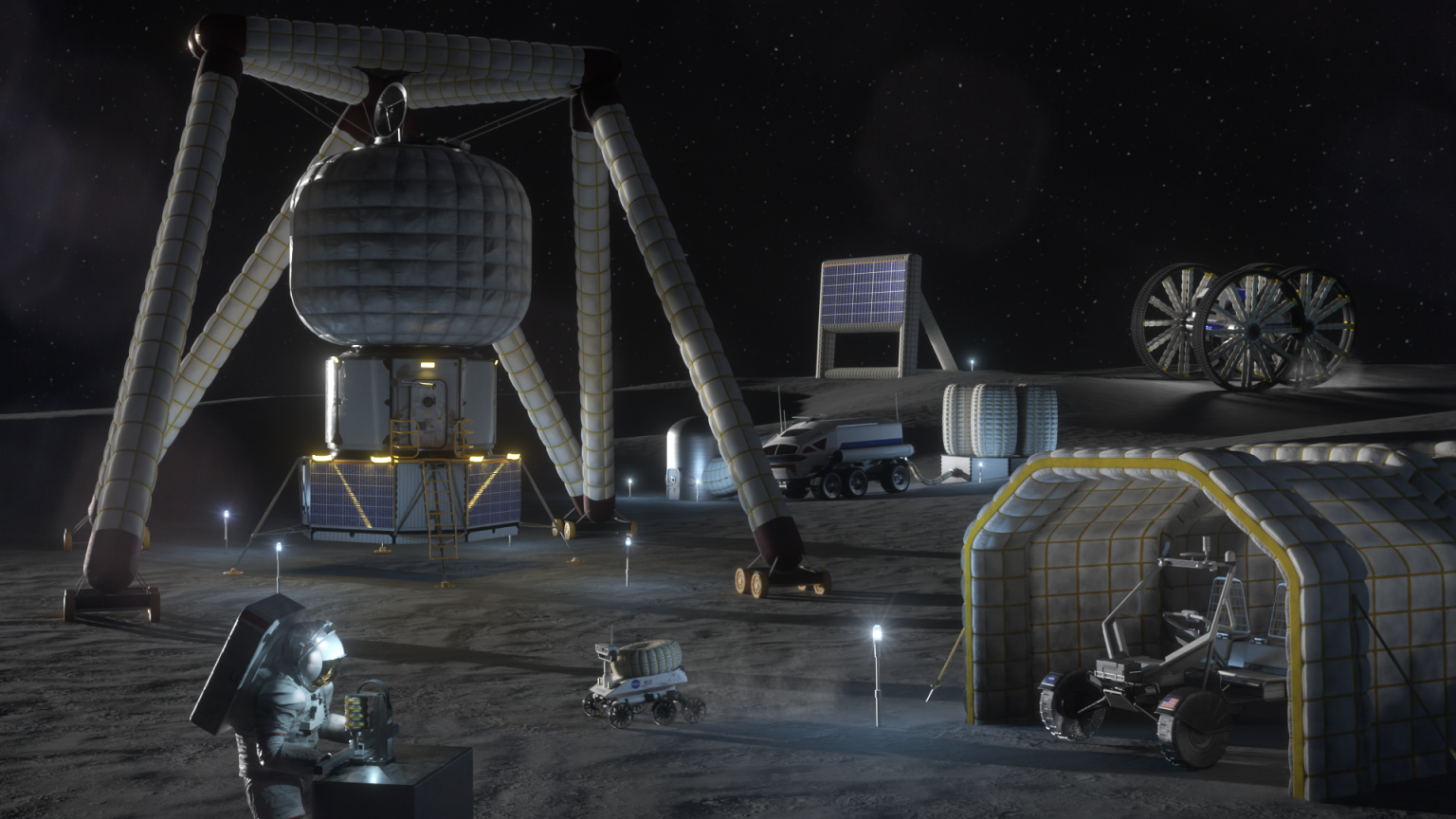NASA seeks ideas for inflatable systems for Moon operations

- Country:
- United States
NASA is calling upon students and faculty at US-based colleges and universities to submit their ideas on inflatable systems that could support future operations on the Moon and beyond.
The 2024 BIG Idea Challenge provides undergraduate and graduate students up to USD150,000 to design, develop, and demonstrate novel uses of low Size, Weight and Power (SWaP) inflatable technologies, structures, and systems for lunar operations.
As part of the challenge, the agency is inviting teams to explore innovative concepts incorporating inflatable components including deployable towers, soft robotics, actuators and deployment mechanisms, large antennas and solar reflectors, emergency shelters for extended EVAs, low-mass cranes and gantries for offloading and transporting equipment, pressurized tunnels and airlocks, deployable debris shields and dust protection systems, inflatable mandrels for construction, gas or liquid storage tanks and internal or external secondary structures.
Why inflatables?
According to NASA, inflatable systems will play a crucial role in overcoming the challenges posed by volume constraints on spacecraft, allowing for the transportation of large structures in a compact form to the lunar or Martian surface.
Large inflatable systems are tightly packaged to take up less payload space, and once deployed on the lunar or the Martian surface, they will inflate to many times their stowed size. This technology offers a practical solution for large-scale structures without the need for complex on-site assembly.
"This challenge is particularly exciting because it applies out-of-the-box thinking to the design and engineering processes that will be required to incorporate inflatable components into space missions. Harnessing the impressive creativity demonstrated by this collegiate cohort could present truly novel solutions for future space exploration," said Niki Werkheiser, Director of Technology Maturation with NASA's Space Technology Mission Directorate (STMD).
📣 Calling all university students! NASA is inviting YOU to submit ideas for inflatable technologies, structures and systems that could support future operations on the Moon and beyond. Submit your proposals to the 2024 BIG Idea Challenge by Feb. 1: https://t.co/3bGSnzjrag pic.twitter.com/IgnXNtBp6F
— NASA 360 (@NASA360) January 21, 2024










